S.P.A. Brevetti Internazionali Campagnolo
36100 Vicenza, Italy
The name Campagnolo has become associated with the finest bicycle parts available in the world today. It is extremely rare to find a professional bicycle racer who does not ride a bicycle that is completely Campagnolo equipped, unless he is compelled to ride other equipment because of national regulations or he is sponsored by a competitor of Campagnolo.
Campagnolo has maintained its reputation because of the uniformly high-quality components that have a low failure rate.
Furthermore, even the smaller replacement parts are generally available, unlike many of its competitors. Before we look at some of the reasons why Campagnolo distinguishes itself, let's review the events that led to the founding of the company.
Tullio Campagnolo was an enthusiastic racer who participated in hundreds of races between 1922 and 1930. Although he did not win any of the major classics, he did participate in races as important as the Milan-San Remo and the Girodella Lombardia.
During a particularly brutal race held in freezing temperatures in conjunction with the Feast of San Martino, Tullio Campagnolo punctured in mid race. As the pack sped by, he attempted to loosen the bicycle's frozen wing nuts to replace the tire. His frozen fingers, numb and insensitive from the cold, were unable to loosen the wing nuts that had become clogged with snow and ice.
He watched in vain as the pack rode by.
Instead of accepting the technical limitations of the hubs with wing nut attachments, Campagnolo resolved that he would create an alternative means of attaching the wheels that would operate efficiently under all conditions. The outcome of his unfortunate experience in the snow has remained as the lightest, most effective method of wheel attachment to this day: the quick-release hub mechanism.
Motivated by the successful operation of the quick-release hub, Campagnolo began examining other bicycle parts for their shortcomings. He completed his first gear-changing mechanism in 1930, although it did not reach its final form until 1933. Soon the mechanism began to appear on some of the bicycles of the top professional riders. It was a complex affair that involved two control levers. The first lever released the rear spindle and the second lever controlled the gear change that occurred only when the rider would pedal backwards.
The next derailleur to appear was called the Paris Roubaix and was essentially the same, except it was controlled by one lever. This system was incredibly complex since one movement of the lever loosened the spindle release mechanism, changed gears, and tightened the spindle after the gear change was completed! It is interesting to note that this mechanism, unlike today's derailleur, did not utilize two pulleys for chain tension-the chain was adjusted as an integral part of the gear change! The Italian bicycle factories became the first manufacturers to include Campagnolo equipment on their racing bicycles. Accordingly, Campagnolo has played an important part in the development of the feeling that the Italians have been the primary source of bicycle innovation.
Not content to leave his design unchanged, in 1951, Campagnolo developed the variable parallelogram derailleur as we know it today. It was designated the Gran Sport. It was soon replaced with the brass Record derailleur and later became the alloy Nuovo Record.
Campagnolo's recent use of ultra-lightweight (and ultra-expensive) titanium alloys has resulted in a new derailleur known as the Super Record. The operation of the Super Record and the Nuovo Record are the same-except for differences in the weight of the components.
Since the development of the quick-release axle, Campagnolo has developed over 180 other inventions. It is important to recognize that, unlike many inventors who started innovative products, Campagnolo took a new idea and developed it until it would be totally reliable and without equal. Many times his desire for near-perfect quality control resulted in prices that were far above competitive products. In spite of the high prices people lined up to purchase his products for one basic reason: They worked better than anything else available. Campagnolo products became so well known that people were willing to buy equipment that had been manufactured by competitors who, for all practical purposes, copied some of Campagnolo's designs. Although the copies were usually substantially less expensive to purchase, Campagnolo's sales remained high because of their undisputed quality. Today, S.P.A. Brevetti Internazionali Campagnolo has been selected as the technical assistant for all world championship and Olympic cycling events.
What contributes to Campagnolo's high reputation and legendary quality? Most important is the hidden engineering.
Campagnolo uses its direct communications line with professional cyclists as a source for ideas. If a problem is recognized in the "field," the engineers at Campagnolo respond with designs to eliminate or reduce the problem. Although the appearance of the product may be unchanged (or externally appears the same as a competitor's product) examination "under the surface" would reveal important features. For instance:
Campagnolo became famous for the wear characteristics of its alloy chainrings. The teeth in Campagnolo chainrings are gear-cut, while some manufacturers utilize less expensive methods which, when combined with softer alloys, do not allow long life.
The Campagnolo bottom bracket axle is designed to repel water from the bearings as it revolves during normal pedaling.
The Campagnolo hand brake lever handlebar attachment bolt passes through the body of the lever instead of the pivot pin. Unlike most designs, this greatly reduces the pressure to the pivot pin and results in a brake that operates smoothly under all conditions and a lever that is less prone to failure.
The quick-release lever on the Campagnolo brake allows for varying degrees of adjustment. The quick-release lever on most brakes is fully "open" or completely "closed." The Campagnolo quick-release brake lever allows the rider to compensate for a damaged rim (caused by a pothole or crash) by opening the brake shoes to the point where they clear the out-of-true portion of the rim.
In addition to a complete line of bicycle parts, Campagnolo produces components for motorcycles, airplanes, helicopters, sounding balloons, and satellites. They also produce some unique consumer items like an enormous corkscrew and a nutcracker that is designed to crack the hull of the nut without damaging the meat! We were also told that Campagnolo has designed an improved pants hanger although there are no current plans for production.
The remainder of this section is devoted to an explanation of ...
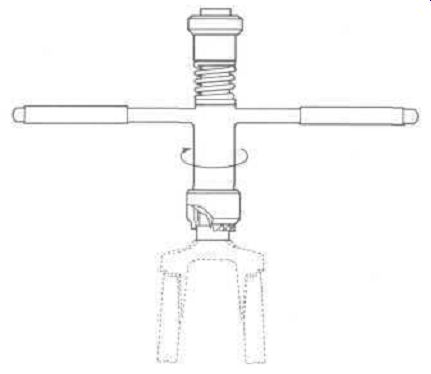
Figure 3-1:
Crown bearing race. The crown race cutter (Campagnolo tool #718) is fitted
over the steering tube to accurately cut the lower bearing race. A tension
spring maintains adequate pressure to evenly cut the required surface.
... the use of the more complicated Campagnolo special tools. We have included this because the understanding of the operation of the tools clarifies operations that are essential in the construction of a quality bicycle frame.
Armed with a knowledge of the basic frame components, let's examine the opinions of the experts at Campagnolo on how to properly join the materials into a machine that will contribute to the rider's assets and reduce the rider's weaknesses.
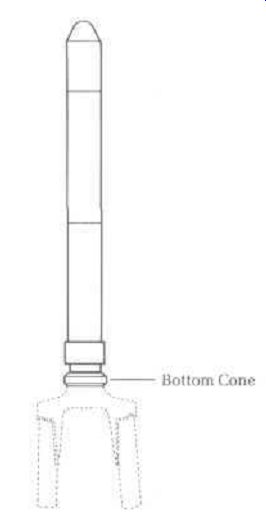
Figure 3-2: Installation of lower bearing cone. The headset cup punch
(tool #722) is used to install the lower bearing cone after the bearing
race has been cut.
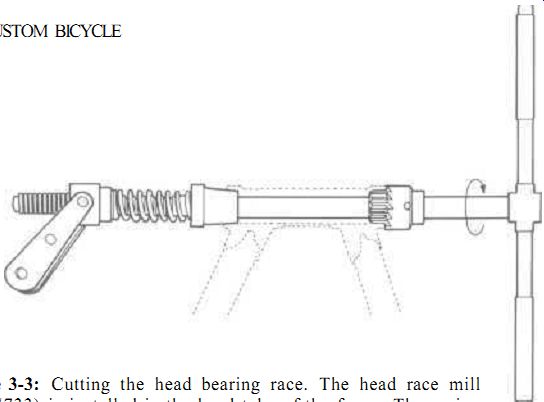
Figure 3-3: Cutting the head bearing race. The head race mill (tool #733)
is installed in the head tube of the frame. The spring adjustment is used
to supply adequate tension to the cutter.
Bottom Cup; Top Cone
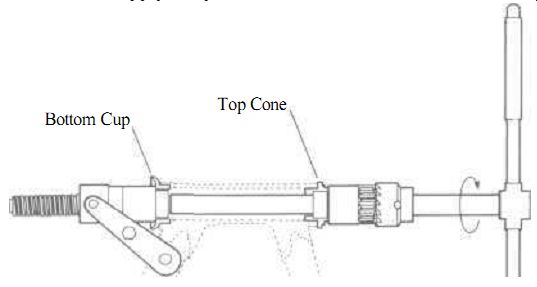
Figure 3-4: Mounting the bearing cups to the head tube. Tool #733 is used
in conjunction with fitted sleeves (tool #728) to press fit the bearing cups
into the head tubes. This tool reduces the possibility of cracking or distorting
the head tube when hammering the cups into position. The cutting action performed
in figure 3-3 insures a perfect 90-degree angle cut and the installation step
(with the use of tool #728) insures perfect cup alignment.
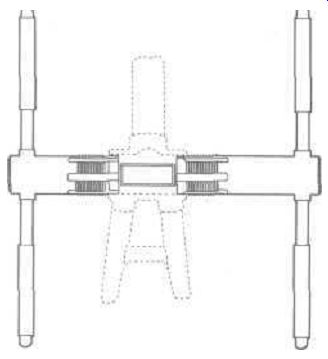
Figure 3-5: Cutting the bottom bracket threads. Perfectly concentric threads
require a tool that will cut threads in both sides of the bottom bracket
in perfect alignment (tool #721). Different-size taps are available to
accommodate the popular thread specifications. Since the taps rotate on
the same center axis, perfect alignment will result.
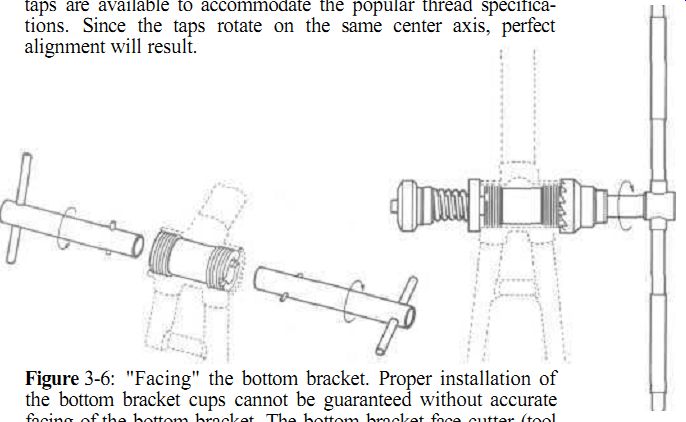
Figure 3-6: "Facing" the bottom bracket. Proper installation
of the bottom bracket cups cannot be guaranteed without accurate facing
of the bottom bracket. The bottom bracket face cutter (tool #725) is a
fairly complex unit which includes an internal guide sleeve that is fitted
into the bottom bracket. The bottom bracket face cutter is fitted into
the sleeve, which insures a perfectly aligned "face" for the
bearing cups.

Figure 3-7: Alignment of front and rear fork tips. The Campagnolo special
tool for fork tip alignment (tool #H) is used to correct wheel installation
(or removal) problems. The front fork is checked by moving the adjustable
washers to their outside position and inserting each side of the tool into
the fork tip. If the tips are properly aligned, the machined faces of the
tool will be exactly 1 mm. apart along the entire face of the tool. The
same method of checking the tips is used on the rear, however, the washers
are set to their inside position.
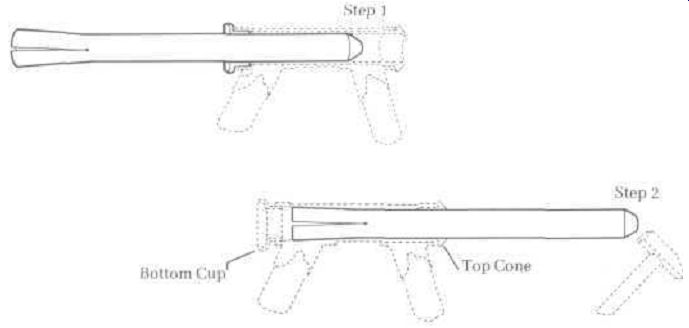
Figure 3-8: Removal of headset bearing cups. The headset cup remover (tool
#723) is used to remove the cups without damage.
The tool is inserted at the smallest point until its expanding section is located adjacent to the cup to be removed. The head of the tool is gently tapped to remove the cup with minimum stress on the head tube.
Bottom Cone
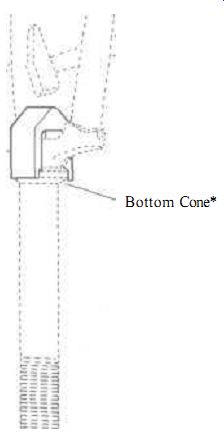
Figure 3-9: Removal of bearing cone from fork. The fork crown race remover
(tool #729) is installed on the underside of the fork crown with its projected
tips resting on the bearing cone. Gently tapping the head of the tool will
force the cone from the fork without damage.
To isolate and clarify each builder's beliefs, the following sections are devoted to individual frame builders. The sections are grouped by the nationality of the builder and each builder is presented in alphabetical order within the group.